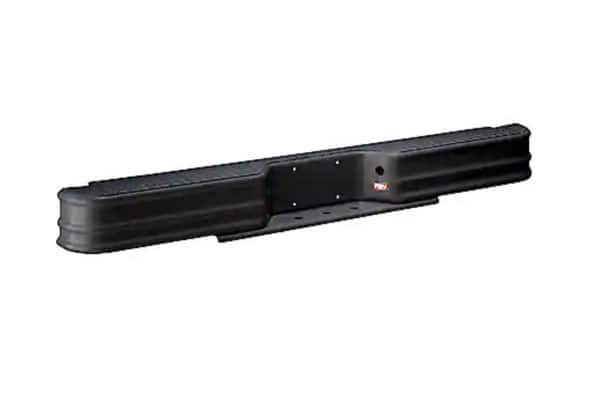Your vehicle's weather stripping is like the defensive lineman of a football team — an important player, but not often seen on the highlight reel. Just as with your home, your car's weather stripping is there to keep the elements out and provide a quiet and comfortable environment. And like that overlooked lineman, weather stripping is often only considered when it's not doing its job.
Here's how we recommend taking care of it.

Source | Juha Lakaniemi/Unsplash
How Weather Stripping Works
Weather stripping's two most common uses are as window seals and door seals. Made of rubber compounds, it's meant to keep out water, noisy wind and the cold. That satisfying thud when you close the door of a new car comes courtesy of weather stripping, and so does that nice conversation you're able to have at 75 mph.
When You Should Replace Weather Stripping
The best way to tell if you should inspect the window and door seals is to make use of a few of your five senses.
- Can't hear a word your passengers are saying or have to blast the radio just to hear the music? It's probably time to put a stop to wind noise in your car.
- If you're getting wet in the car wash, you probably need some car window seal repair.
- If the heater or A/C isn't doing the trick (and you've ruled out any HVAC problems), you'll want to check the weather stripping.
- Look for damaged weather stripping. If wind noise is the problem, inspect your door seals for tears or loose-fitting sections that have detached themselves from the door. The same can be said for windshield rubber seal repair.
How To Install Weather Stripping
Here are a few easy steps to fix the issue:
Remove the old weather stripping and clean the surface: Weather stripping is glued in place with an adhesive. Remove the old weather stripping. Then use a good solvent like brake cleaner to clean off the old glue. Your replacement weather stripping will need a good, clean surface to adhere to if you want it to last a long time.
Use weather-stripping adhesive to apply the new seals: Replacement weather stripping is easy to find. While shopping, pick up some silicone spray and weather-stripping adhesive. Once your surface is clean, use the weather-stripping adhesive and place a small bead along both sides of the inside of the gasket. Inevitably, you'll get some adhesive that will ooze out. Clean that up with brake cleaner too — just make sure you do it before it dries.
Follow with silicone: Once the new weather stripping is in place, give it a quick coating of silicone spray. This helps keep the weather stripping from freezing when it gets cold and wet. Getting frozen out of your car is a real drag.
Maintaining Your Weather Stripping
Now that you've got new weather stripping in your car, you'll want to take good care of it. Those big linemen need a good pat on the back, too, every now and again. Maintenance is simple.
- If it's really dry and hot where you live, try to park in the shade or in a garage as much as possible. Heat and direct sunlight will dry out the seals quickly, and they'll become hard and brittle.
- In more humid climates where moisture is an issue, moss can accumulate on your weather stripping. Ensure a tighter seal by keeping your weather stripping free from foreign objects.
When washing your car, take care to use a towel and wipe the areas between your door and weather stripping. Keeping it clean and dry will help prevent wear and tear.
Have you prepped your car for extreme temps? Let us know your weather-stripping battle stories.







